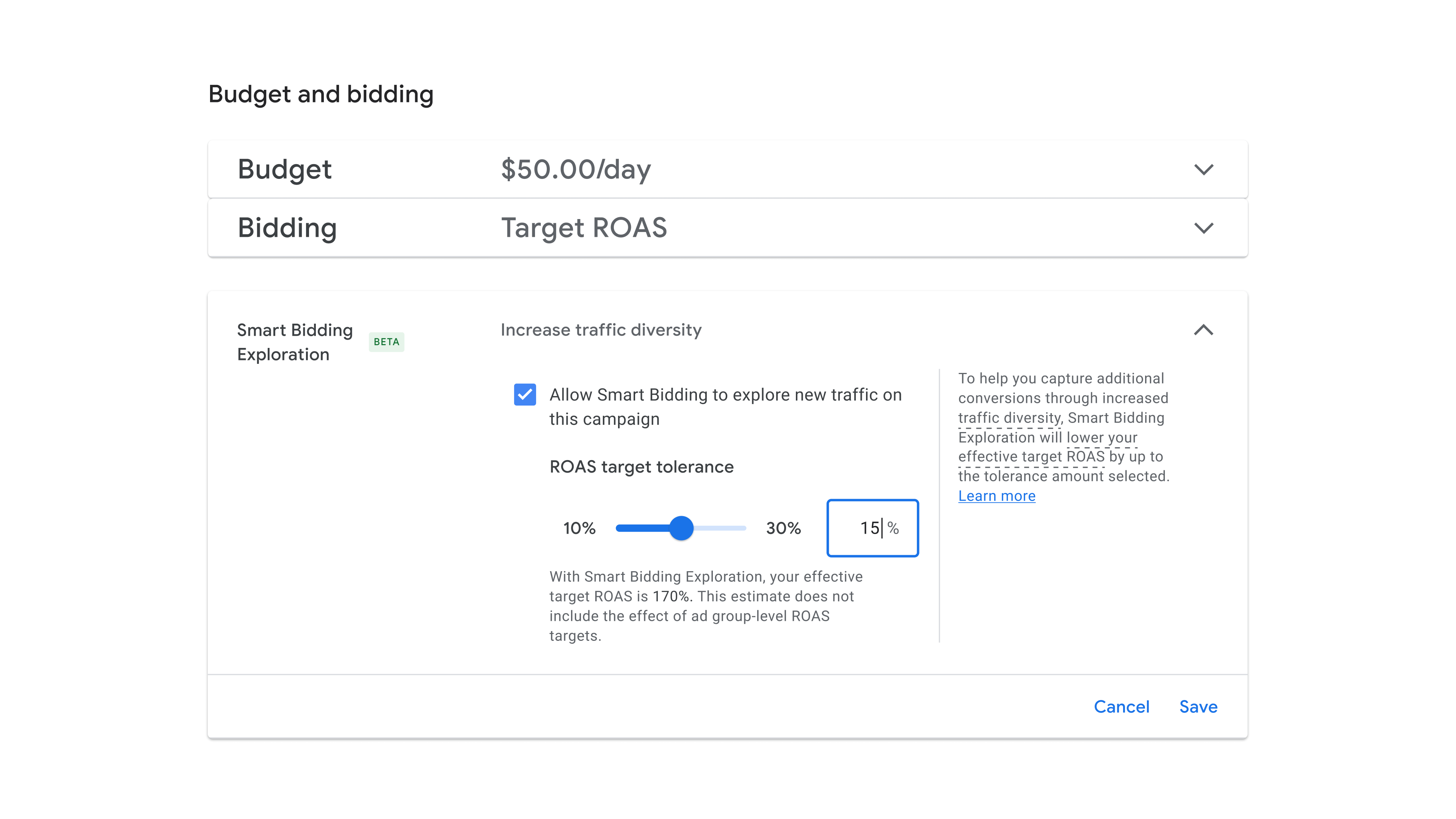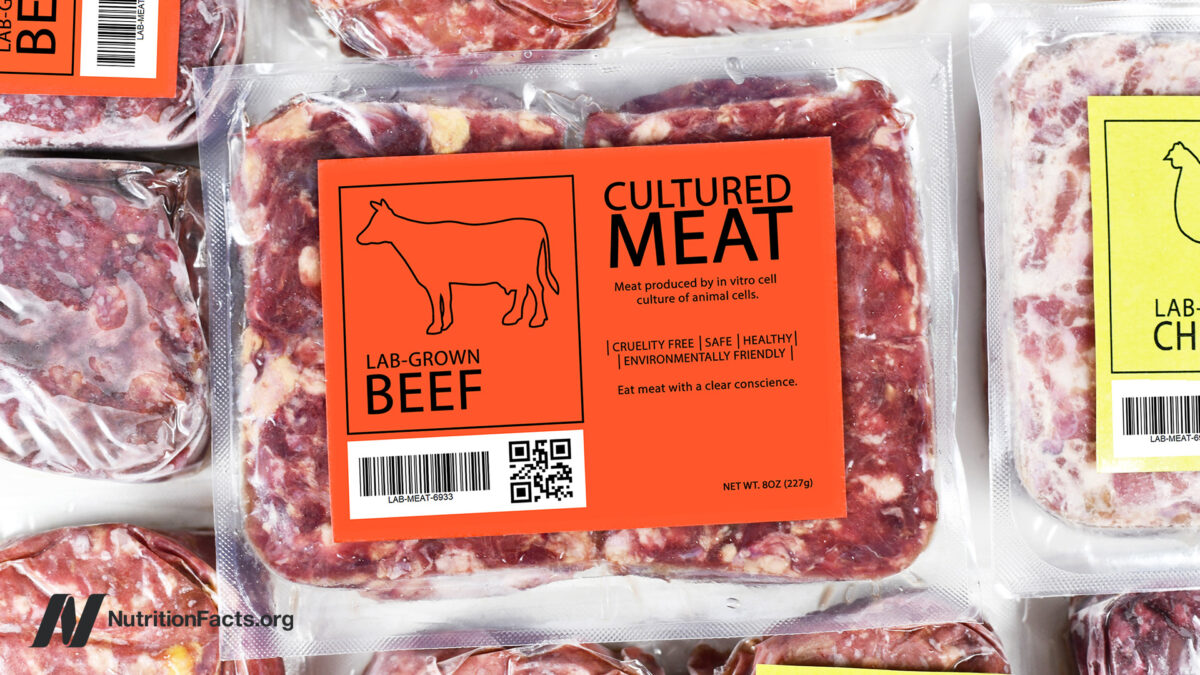Super Bowl and Web3—how brands are using the metaverse and NFTs despite lack of crypto ads
Marketers are using the Big Game to experiment with tools like NFTs and the metaverse.

Limit Break, a blockchain gaming company, is giving away 10,000 NFTs as part of its official spot, which is set to air during the game’s first commercial break. The fledgling company, founded a year and a half ago, is hoping to stir up excitement ahead of launching its first mobile game later this year.
Meanwhile, the NFL and Intuit unveiled a virtual world inside Roblox, where players can simulate the experience of being an NFL team owner. The activation will also feature an official “Super Bowl concert” by rapper Saweetie that will re-air every hour until game day.
Doritos, a mainstay of Super Bowl marketing, will tie its official spot to a metaverse activation inside Decentraland called “Doritos Triangle Studios,” where users can create custom beats based on sounds from the commercial. A contest will award beatmakers blue-chip NFTs worth over $5,000, such as from the Meebits and RTFKT collections.
These efforts speak to advertisers’ continued interest in Web3 despite its numerous headaches and headwinds.
“The majority of Web3 is still interesting for consumer brands,” said Avery Akkineni, president of Vayner3. “It has to be part of their whole strategy.”
Although Reddit is not airing a spot this year, the online forum collaborated with the NFL on a collection of NFTs that are themed around the Kansas City Chiefs, Philadelphia Eagles and general Super Bowl imagery. The drop is the first extension of Reddit’s collectible avatar program, which saw early success after launching last summer. It will also be promoted by a billboard takeover in Times Square.
“The Super Bowl is a moment that generates excitement and eagerness to participate from fans across the globe,” said Rachel Weber Callaway, director of product marketing at Reddit. "The more that Web3 can be leveraged in global moments, the more accessible it becomes."
A more evolved approach
The lack of flashy crypto ads this year certainly reflects the downturn in the industry. Crypto exchange OKX said as much when it canceled its plans for an official spot over the collapse of FTX.
But the absence of these ads, and their replacement by an altogether more subtle presence of digital tools, also reflects how the relationship between traditional brands and Web3 has evolved. Web3 is no longer a mystery, nor a compelling buzzword—it is simply an expanded digital toolkit that brands are finally starting to incorporate in a meaningful way.
“It makes sense brands are taking advantage of these developments and putting ad spend behind NFTs and the metaverse,” said Ipshita Kumar, VP of brand at Web3 creative agency Hype. “It’s worth remembering that despite the buzz, these are still fledgling technologies—so the time to get involved is now.”
Since Web3 came onto the scene, NFTs and the metaverse have been the main tools to which traditional brands have gravitated. The reasons are clear: Digital tokens offer new opportunities to extend consumer engagement and loyalty, while growing interest in gaming and online identity are paving the way for virtual reality.
Neither of these use cases requires splashy advertising or Super Bowl-level broadcasting. And given the backlash over crypto’s presence last year, especially against the backdrop of its current landscape, this year’s subtlety is not surprising, said Kumar.
To be sure, Limit Break, the lone Web3-native advertiser, is still approaching this year’s Super Bowl with guns blazing. But like its crypto forebears, the brand has good reason to shell out $7 million for an ocean of eyeballs. Onboarding new users is how these platforms survive, and in the case of Limit Break, the Super Bowl is an occasion that could build substantial hype for the launch of its upcoming video game.
NFL All Day, an NFT trading marketplace created by Dapper Labs, is likewise using the Big Game to launch enticing promotions, including Super Bowl-themed drops and rewards for inviting new users to the platform.
But traditional brands, having already established fan bases and less reason to go big, can afford to leverage Web3 tech more subtly. The ways in which they’re doing so, around this year’s biggest marketing moment, suggest what may be sticking.
Contributing: Garett Sloane

 BigThink
BigThink 






























